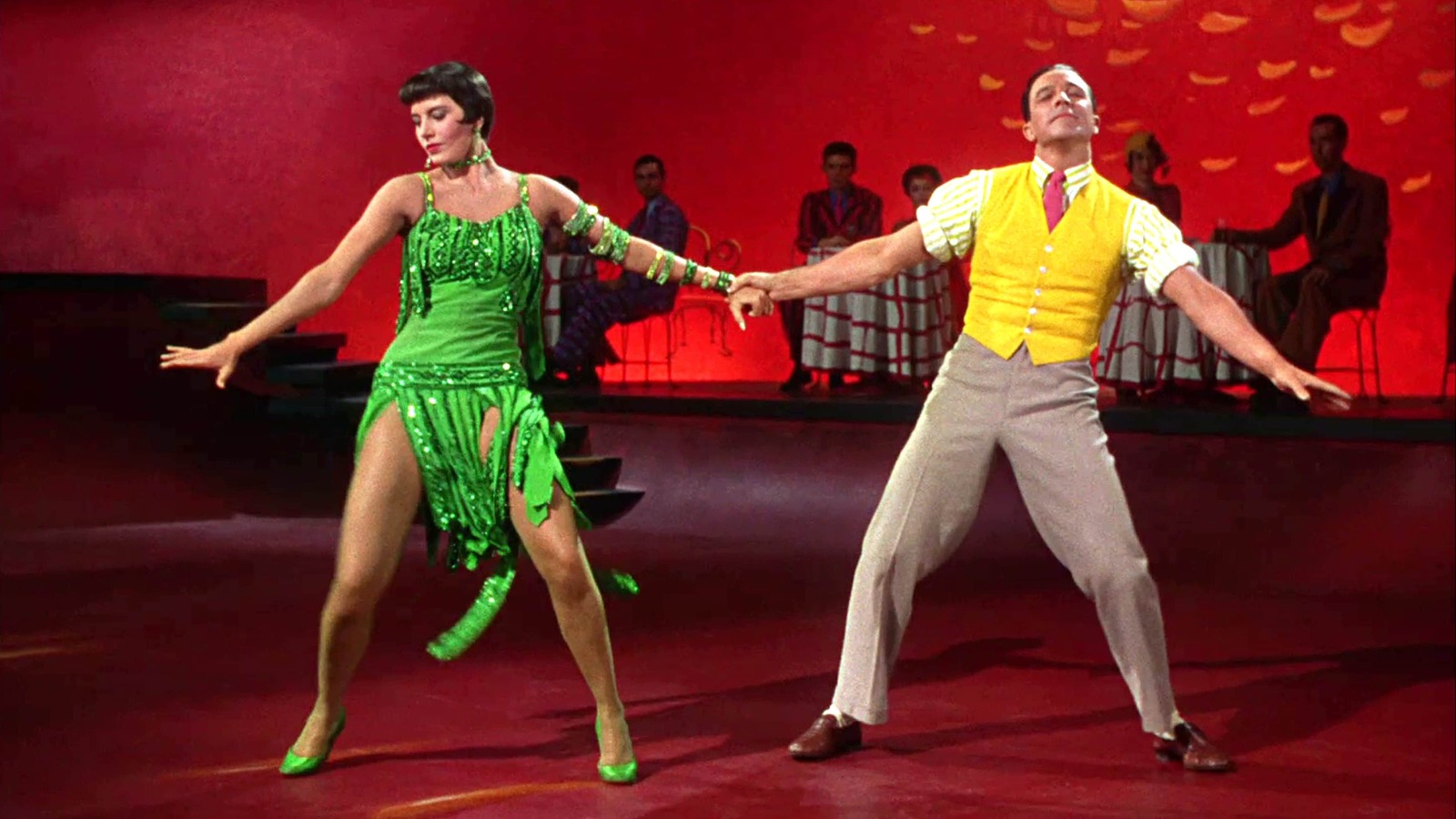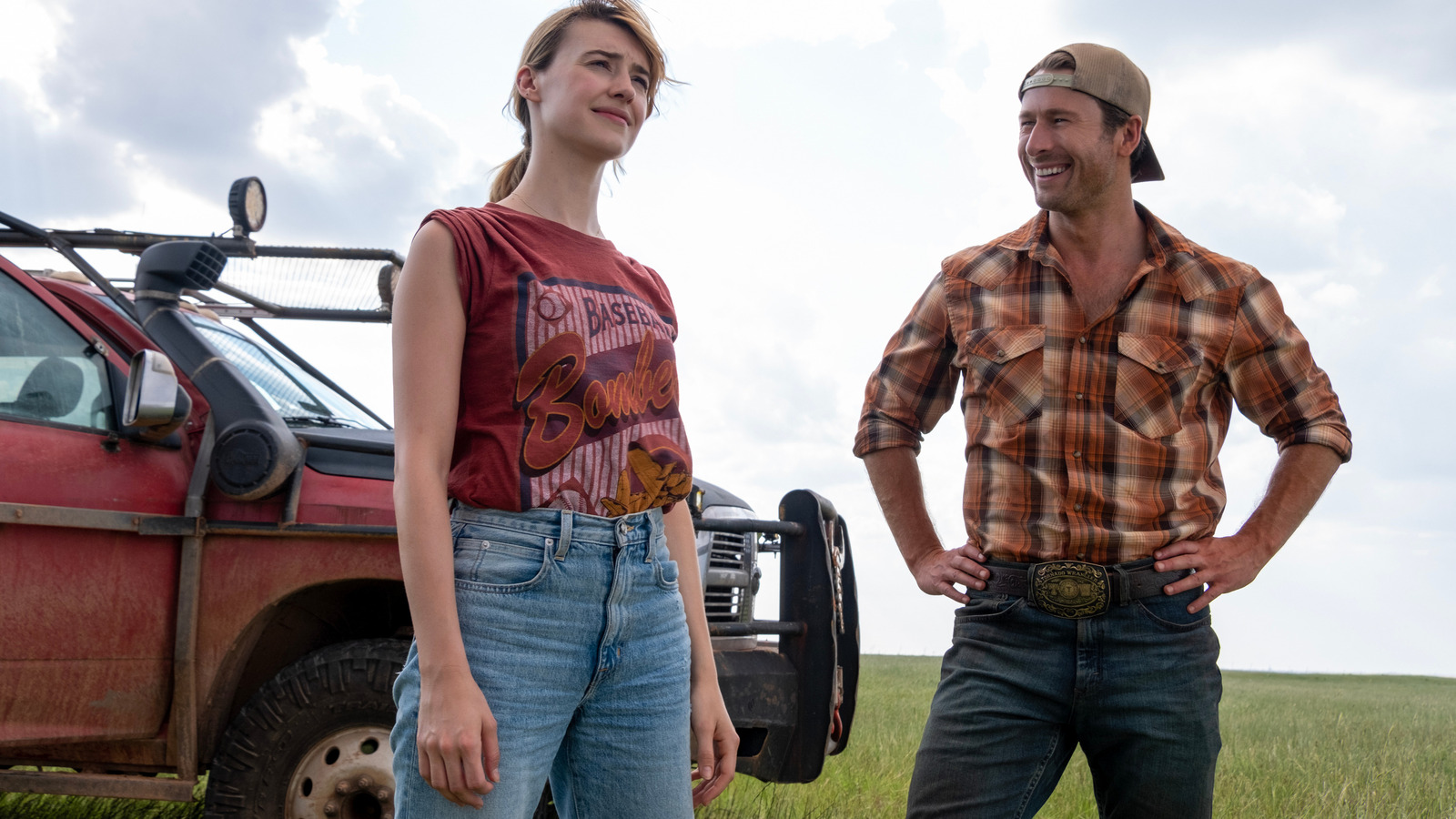
If you, dear reader, ever see a repertory screening advertising an I.B. Tech print — short for imbibition Technicolor — you’ll see that the color is as dazzling now as it was 65 years ago. Acetate color stock tended to degrade and fade faster, leaving older Kodak-developed prints looking red and washed out. Prints made in Fujicolor laboratories tended to fade to a gentle blue. When acetate begins to break down, it gives off a strong chemical odor reminiscent of vinegar, a dire degradation that many projectionists believe can spread from print to print. This is what the insider film term “vinegar syndrome” refers to.
The three-strip Technicolor process was not new in 1952. Indeed, it was only a few years from being retired altogether. The first three-strip Technicolor feature film was Rouben Mamoulian‘s “Becky Sharp” from 1935, photographed by Ray Rennahan of “Gone with the Wind” fame. The first short three-strip short film was the Disney animated short “Flowers and Trees,” also photographed by Rennahan. Disney was an early adopter of the process.
Stanley Donen, in a 2009 interview with DGA Quarterly, recalls what it was like to film with three-strip cameras. Because there was literally triple the film stock in each camera, the machines were heavy and enormous, requiring enlarged lenses and monstrous film canisters. Donen also recalls that three-strip Technicolor required more light than any previous cameras. There was no way to make anything look “natural” in the three-strip process.







